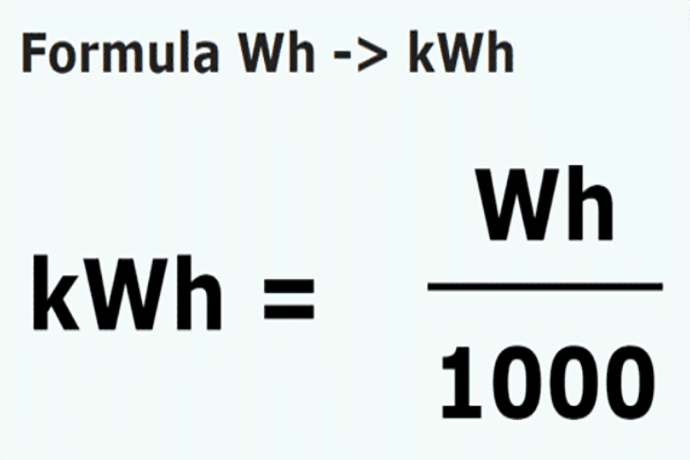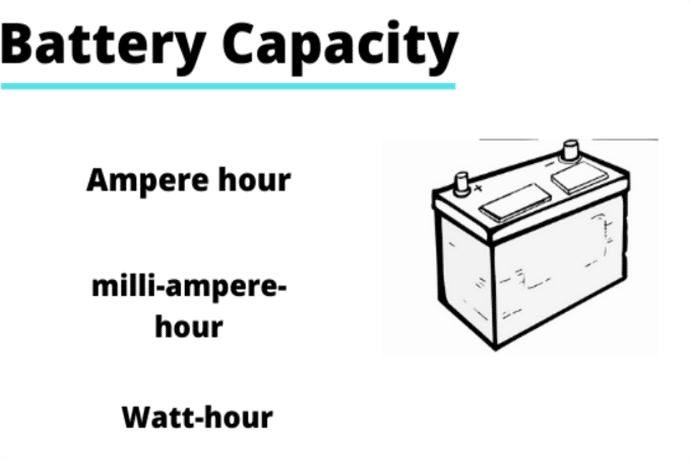In the captivating realm of off-grid living and renewable energy, a fundamental understanding of key concepts is essential. Among these, two terms that frequently emerge are watts (W) and watt hours (Wh). These terms lie at the heart of solar energy systems, shaping how we measure and comprehend energy consumption and production.
Watt
At its core, a watt is a unit of power, representing the rate at which energy is consumed or produced. It is the measure of how much energy is used or generated in a single moment. To put it simply, a watt quantifies how quickly energy is being transferred. In the context of solar panels, a watt measures the instantaneous capacity of the panel to generate electricity under specific conditions. For instance, a solar panel rated at 300 watts can generate 300 watts of power when exposed to optimal sunlight.
Watt hour
While watts capture the instantaneous energy transfer, watt-hours offer a broader perspective by measuring the total energy consumed or produced over a specific period. A watt hour is a unit of energy and is calculated by multiplying the power (in watts) by the time (in hours) for which it is utilized or generated. This measure reflects the cumulative energy consumption or production. For example, if you use a 100 watt light bulb for 10 hours, the total energy consumed is 100 watts x 10 hours = 1000 watt-hours (Wh).
Kilowatt hour
Given that watt hours often deal with substantial quantities of energy, the kilowatt hour (kWh) is a more practical unit for most applications. A kilowatt hour is equal to 1000 watt hours, and it represents the amount of energy consumed or produced by a device operating at 1000 watts for one hour. This unit is extensively used in utility billing, where it quantifies your electricity usage. For instance, if your home consumes 5 kWh of electricity per day, it implies that you have used 5000 watt hours of energy during that period.
Ampere hour
While watts and watt hours pertain to power and energy, ampere hours (Ah) enter the scene when we discuss battery capacity. An ampere hour is a unit of electric charge, indicating the amount of current (in amperes) a battery can deliver over a specific period. It is crucial for estimating the runtime of a battery-operated device, such as solar-powered lights. If a battery has a capacity of 10 ampere hours, it can deliver a current of 10 amperes for one hour or 1 ampere for 10 hours.

What is the Difference Between Watt vs. Watt hour?
In essence, the distinction between watt and watt hour boils down to the measurement of instantaneous power versus accumulated energy. A watt represents the rate of energy transfer, reflecting how quickly energy is being used or generated at a specific moment. On the other hand, a watt hour measures the total energy consumed or produced over a period by considering both power and time. It quantifies the cumulative effect of energy usage or generation.
To illustrate this difference, consider a solar panel rated at 200 watts. If this panel operates for 5 hours, it will generate 200 watts x 5 hours = 1000 watt hours (Wh) of energy. Here, the watt (200 W) indicates the instantaneous power capacity of the panel, while the watt hour (1000 Wh) represents the total energy produced over the given time.
Amp Hours vs. Watt Hours: What is the Difference?
Ampere-hours (Ah) and watt hours (Wh) are both measures of energy storage in batteries, but they provide distinct insights. Ampere hours focus on the battery’s capacity to deliver current over time, revealing how long a battery can power a device at a specific current draw. On the other hand, watt hours encompass both current and voltage, offering a more comprehensive assessment of energy storage, irrespective of the voltage at which the energy is used.
For instance, let’s consider a 12 volt battery with a capacity of 100 Ah. This battery can provide a current of 1 ampere for 100 hours, or 100 amperes for 1 hour. However, when we consider watt-hours, we also account for the battery’s voltage. If the battery operates at 12 volts, its capacity in watt hours would be 12 volts x 100 ampere hours = 1200 watt-hours.
In essence, ampere hours emphasize the battery’s current-carrying capability, while watt hours encompass both current and voltage to provide a more holistic measurement of energy storage.
Grasping the distinctions between watts, watt hours, kilowatt hours, ampere hours, and their respective applications is pivotal in navigating the intricacies of solar energy systems and understanding energy consumption and production. With this newfound knowledge, you are well-equipped to embark on your journey into the dynamic world of solar energy with a deeper appreciation for the fundamental principles that drive it.
Article from: Sungold
Learn more about it:
What does amp mean: A Beginner’s Guide
What Is mAh: A Beginner’s Guide
What does ‘Ah’ on a battery mean?


























